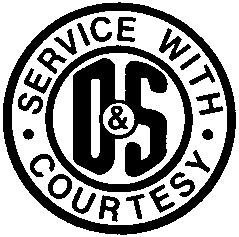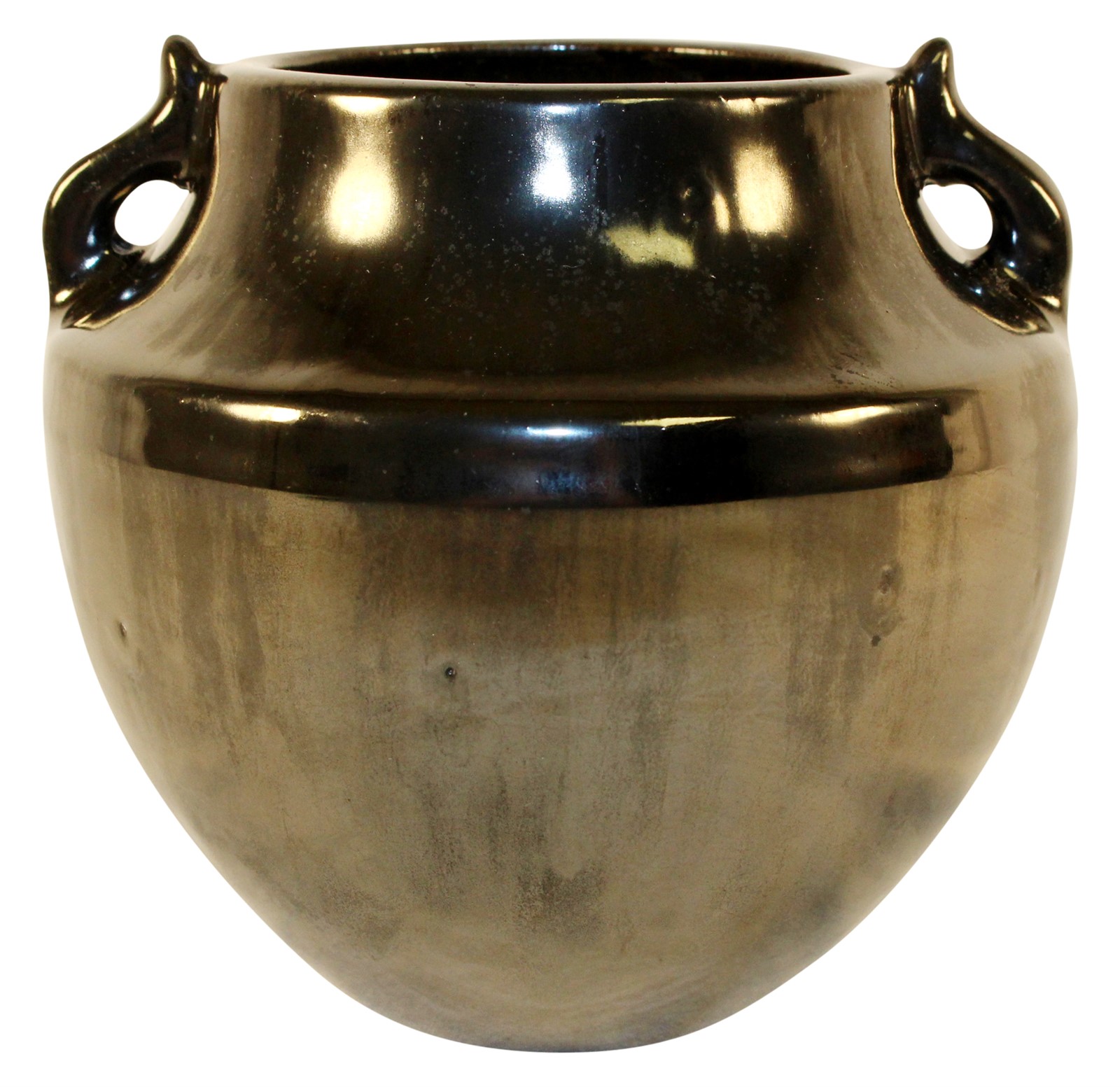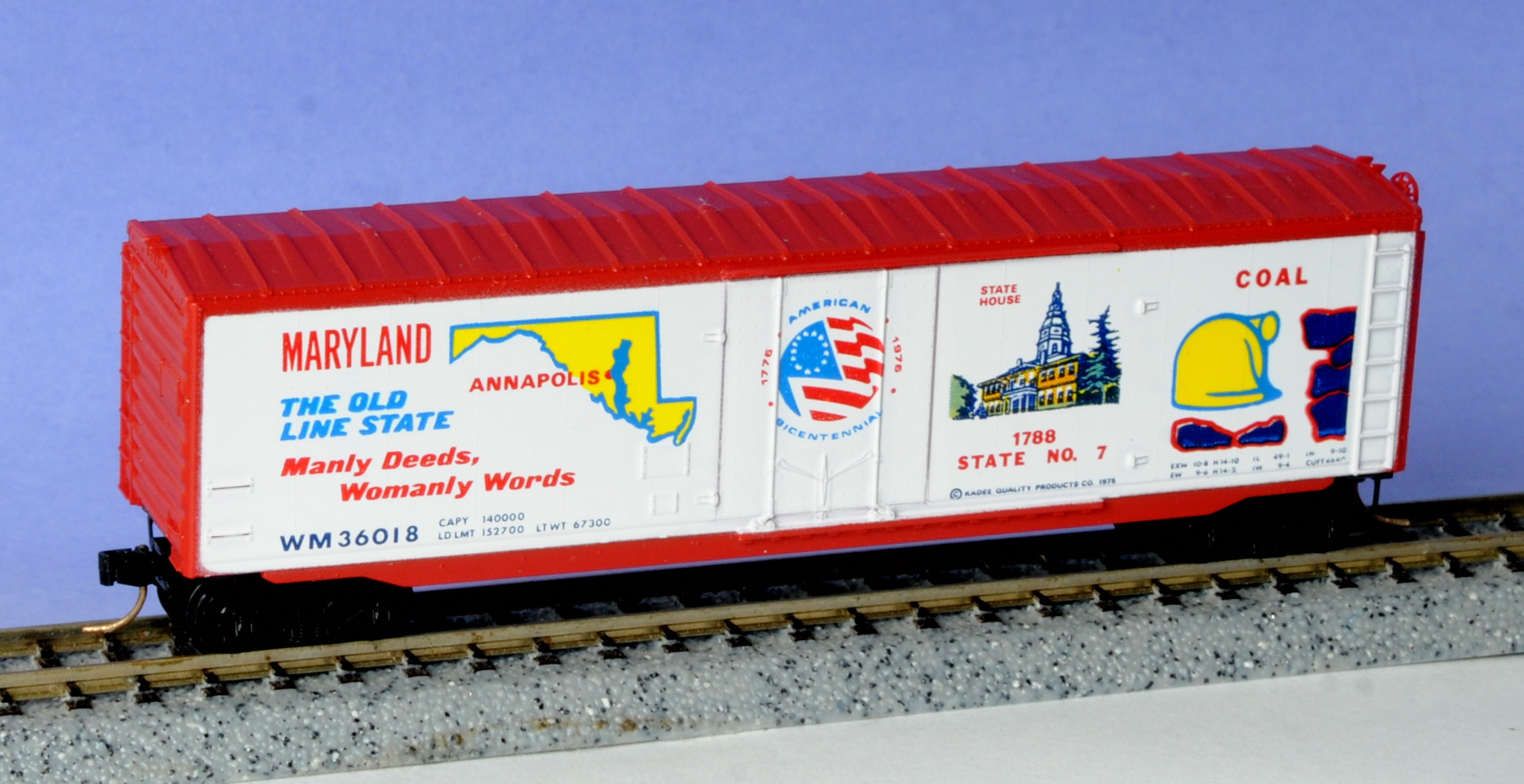Prototype History: The 50-foot boxcar made its first appearance in the 1930s and steadily grew in popularity over the years, which further improved redundancies by allowing for even more space within a given car. Today, the 50-footer remains the common boxcar size. After the second world war ended, and steel became once again readily available, steel became the go-to choice for construction of boxcars. Pullman Standard and ACF were some of the most prolific builders of these cars.
In the 1960s, the flush, "plug" style sliding door was introduced as an option that provides a larger door to ease loading and unloading of certain commodities. The tight-fitting doors are better insulated and allow a car's interior to be maintained at a more even temperature.
In the 1960s, the flush, "plug" style sliding door was introduced as an option that provides a larger door to ease loading and unloading of certain commodities. The tight-fitting doors are better insulated and allow a car's interior to be maintained at a more even temperature.
Road Name History:  The Durham & Southern was incorporated in 1906 to take over a line that ran from Dunn to Apex, North Carolina and push the line onward to the city of Durham. This would provide Durham with a connection to the Seaboard Air Line and Atlantic Coast Line mainlines at Dunn. In total the D&S line was 59 miles long.
The Durham & Southern was incorporated in 1906 to take over a line that ran from Dunn to Apex, North Carolina and push the line onward to the city of Durham. This would provide Durham with a connection to the Seaboard Air Line and Atlantic Coast Line mainlines at Dunn. In total the D&S line was 59 miles long.
In the steam era, the D&S fleet of 9 engines was dominated by 2-10-0’s. One of these decapods was one of only two steam locomotives built for a common carrier in the entire country in the Depression year of 1933. Also on the roster was a former N&W 4-8-0.
For many years, the Duke family owned the D&S. They also owned Duke Power and the Piedmont & Northern Railway. For much of this period the P&N and D&S shared a management team although the two railroads did not directly connect. In the 50s, the management was split and the Dukes sold the D&S to a Durham based construction company.
The early diesel era was dominated by Baldwin road switchers (like most Baldwins, built with the long hood as the front end.) In the early 70s, a quartet of GP38-2’s was brought in to do the heavy work. In 1976, Seaboard Coast Line bought the Durham & Southern and fully merged the company in 1981.

In the steam era, the D&S fleet of 9 engines was dominated by 2-10-0’s. One of these decapods was one of only two steam locomotives built for a common carrier in the entire country in the Depression year of 1933. Also on the roster was a former N&W 4-8-0.
For many years, the Duke family owned the D&S. They also owned Duke Power and the Piedmont & Northern Railway. For much of this period the P&N and D&S shared a management team although the two railroads did not directly connect. In the 50s, the management was split and the Dukes sold the D&S to a Durham based construction company.
The early diesel era was dominated by Baldwin road switchers (like most Baldwins, built with the long hood as the front end.) In the early 70s, a quartet of GP38-2’s was brought in to do the heavy work. In 1976, Seaboard Coast Line bought the Durham & Southern and fully merged the company in 1981.
Brand/Importer Information: Micro-Trains is the brand name used by both Kadee Quality Products and Micro-Trains Line. For a history of the relationship between the brand and the two companies, please consult our Micro-Trains Collector's Guide.
Manufacturer Information:  Kadee Quality Products originally got involved in N-Scale by producing a scaled-down version of their successful HO Magne-Matic knuckle coupler system. This coupler was superior to the ubiquitous 'Rapido' style coupler due to two primary factors: superior realistic appearance and the ability to automatically uncouple when stopped over a magnet embedded in a section of track. The success of these couplers in N-Scale quickly translated to the production of trucks, wheels and in 1972 a release of ready-to-run box cars.
Kadee Quality Products originally got involved in N-Scale by producing a scaled-down version of their successful HO Magne-Matic knuckle coupler system. This coupler was superior to the ubiquitous 'Rapido' style coupler due to two primary factors: superior realistic appearance and the ability to automatically uncouple when stopped over a magnet embedded in a section of track. The success of these couplers in N-Scale quickly translated to the production of trucks, wheels and in 1972 a release of ready-to-run box cars.
In October 1990 Kadee separated in two companies, with the newly created Micro-Trains® Line Co. continuing the Z, Nn3, and N Scale product ranges, with Kadee retaining the HO range.

In October 1990 Kadee separated in two companies, with the newly created Micro-Trains® Line Co. continuing the Z, Nn3, and N Scale product ranges, with Kadee retaining the HO range.
Item created by: Lethe on 2015-05-31 17:46:30. Last edited by CNW400 on 2020-09-23 22:11:41
If you see errors or missing data in this entry, please feel free to log in and edit it. Anyone with a Gmail account can log in instantly.
If you see errors or missing data in this entry, please feel free to log in and edit it. Anyone with a Gmail account can log in instantly.









